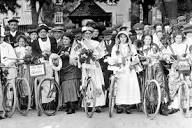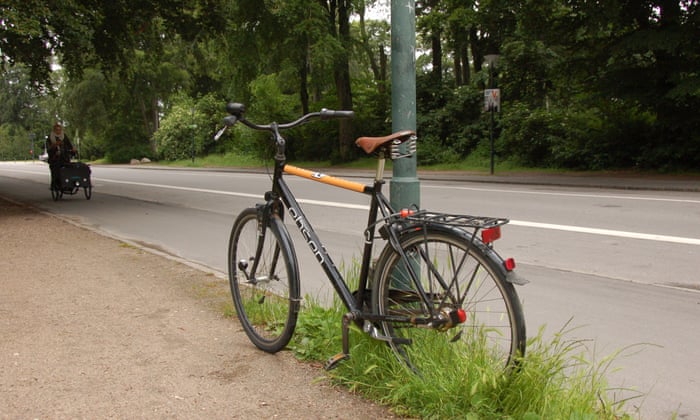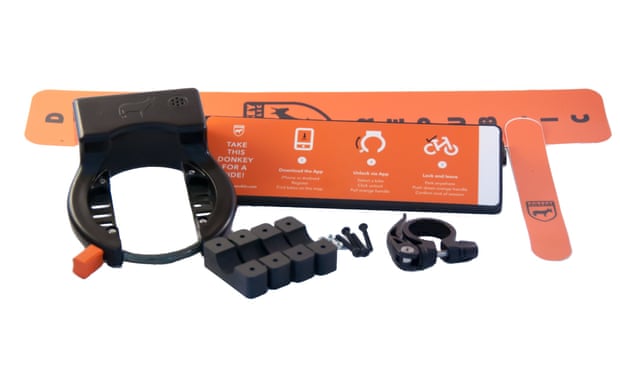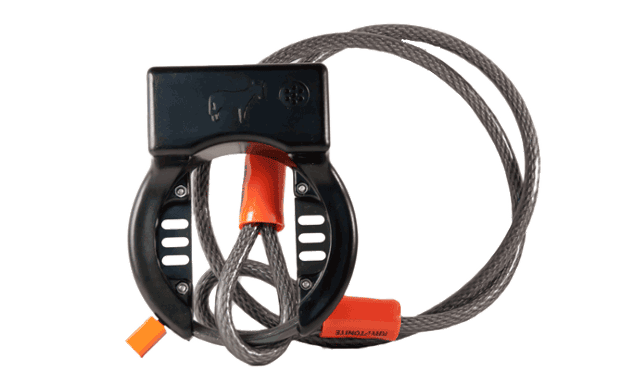His name is Augustine, and this is his bike:
At first glance, it seems like another vintage road frame converted to single-speed usage. In fact, it is. But this is not just any old vintage from. Oh, no.
All right. Looking at the headtube and fork crown may not give you a hint as to who made the frame. But you can see that the builder did nice work. You can especially see it in the seat cluster.
It's a sure sign of someone who did some of the nicest lug work ever done in the United States: Francisco Cuevas.
He was born in Barcelona, Spain, where he learned how to make frames as a teenager. But a little thing called the Spanish Civil War came along, followed by a Franco's dictatorship. So, in the early 1950's, Senor Cuevas set sail for Argentina with his wife and young children.
He built frames for Argentina's national team, as well as other cyclists. However, he and his family found themselves living under another military dictatorship, and emigrated to the US in 1970. After a stint with Metro Bikes, he built frames for Mike Fraysee's Paris Sport line, and then opened his own framebuilding shop only a few pedal strokes (literally!) from where I now live. Senor Cuevas built Augustine's frame there.
When Cuevas came to the US, the "bike boom" was about to start. During the "boom," boatloads of bikes came into the country, some bearing brands never before, or since, seen or heard about. One name in the latter category is Beacon.
Apparently, there was a manufacturer of that name in Wisconsin, and a company by the same name that imported bikes. I don't know whether they're related. What I do know is that the importer had several house brands, including Astra (made by Motobecane in France) as well a line of bikes called Beacon, which were made in Japan and, later, Taiwan.
Like many Japanese bicycles sold in the US during the "bike boom" of the 1970's (including Nishiki, Azuki and the Japan-produced Univegas), they could be found only in the US. In contrast, Fuji, Miyata and Panasonic made bikes in Japan that were also sold there, in addition to the bikes that were exported.
Like many of the Japanese bikes made strictly for the US market during the "bike boom," they have solid, reliable lugged-steel (usually mild steel, but sometimes chro-moly) with clean, if not flashy, lugwork and paint. Those are the very qualities that make them good city and upright bikes, like the one I saw in Rockaway Beach:
I think about the only orginal components on Peter's Beacon are the headset and, possibly, the seatpost. His wheels were built around a Shimano internal-geared rear hub and dynamo front hub. Velo Orange rims are laced to them.
The rims aren't the only VO components, as evidenced by the crankset, chainguard and fenders. This bike is practically a "poster child" for VO!
Finally, when I got to Point Lookout, I espied this old gem by the playground:
This one looks like it's from the 1960's. And it doesn't look big enough for most adults. Could it be that some little girl rode her mother's--or grandmother's--Schwinn Hollywood to the beach?







.jpg)















